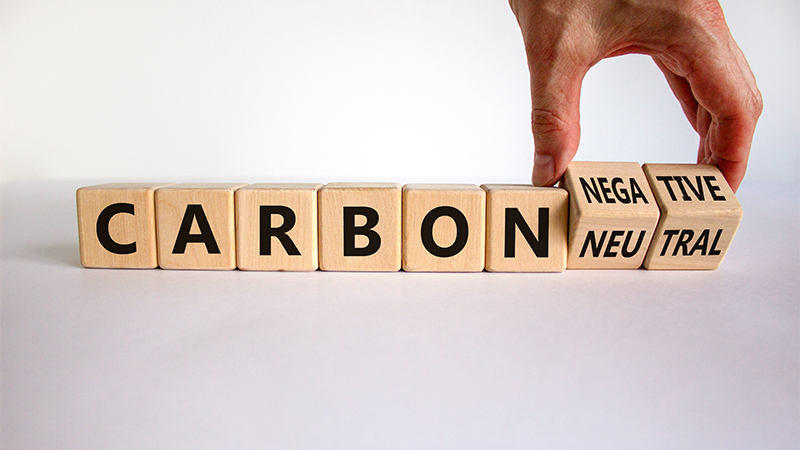

In late 2020, we wrote about aerospace’s plans to become zero-carbon by 2050. Since then, some of the industry’s biggest players have announced serious commitments to this date. In fact, many have set ambitious targets to be climate neutral by 2035.
Let us take a look at how things have changed in the seven months since we last investigated the topic of net carbon neutrality in aerospace.
Airbus is focusing on more than just its ZEROe concept aircraft. It recently reviewed its wing production at its Flintshire plant, which previously produced 10 pairs of A350 wings a month. Although this has halved in the last year, it plans to be back on track by 2023, and to commit to climate neutral flights by 2035.
Airbus plans to revolutionise production through green energy, more efficient construction processes, and a younger workforce. It hopes that bringing in new talent will foster news ways of thinking in the plant.
Our previous article mentioned hydrogen engines, and testing has leapt forwards in the last few months. German aerospace company Lufthansa Technik announced a partnership with Hamburg Airport and German aerospace pioneers to test hydrogen engine processes.
Over the next two years, the project will convert an Airbus A320 into a stationary lab to test liquid hydrogen engines. It will focus on the development and viability of hydrogen engine infrastructure along with investigating maintenance and fuel technology. Hopefully, this project will be the a major step in the use of alternative fuels for aerospace.
While much of the industry’s focus is on commercial airliners, this is of course not the only form of aircraft. Attention must also shift onto small-scale aircraft. Tech TP is a low-fuel, sustainable engine model for small aircraft. The demonstration model is a converted helicopter gas turbine engine adapted into an aeroplane turboprop configuration. It still uses traditional fuels but is 15% more efficient.
Clean Sky is a European firm that coordinates and develops novel aircraft technology. Its current focus is on carbon-neutral or high-efficiency technology, and there are too many interesting projects to mention them all here. In short, it has already made serious commitments to carbon-neutral aircraft by 2035.
But what about airports? They are an often-overlooked but surprising contributor to CO2 emissions. One survey estimated that Gatwick produces 13.9 million tonnes of CO2 a year and Bristol produces a meagre 0.7 million tonnes.
Bristol Airport has already produced a carbon roadmap and has committed to being net carbon zero by the end of 2021. Of course, this does not include aircraft emissions, but rather focuses on CO2 produced by the airport itself.
Whether this ranges from simple changes such as electric vehicles and solar power or more serious changes like airport infrastructure and efficient handling processes, the airport is well on its way to achieving its target. We can only hope that other more polluting airports take note and find some inspiration in Bristol’s commitment.
It is impressive how much has changed since we last wrote about net carbon neutrality. While we are no closer to revolutionary electric commercial airliners, the steps towards harnessing hydrogen fuel are noteworthy.
But, the race is far from over. We can only hope that the pace we have seen over the last year will continue and that aerospace will readily adopt these new technologies on offer.